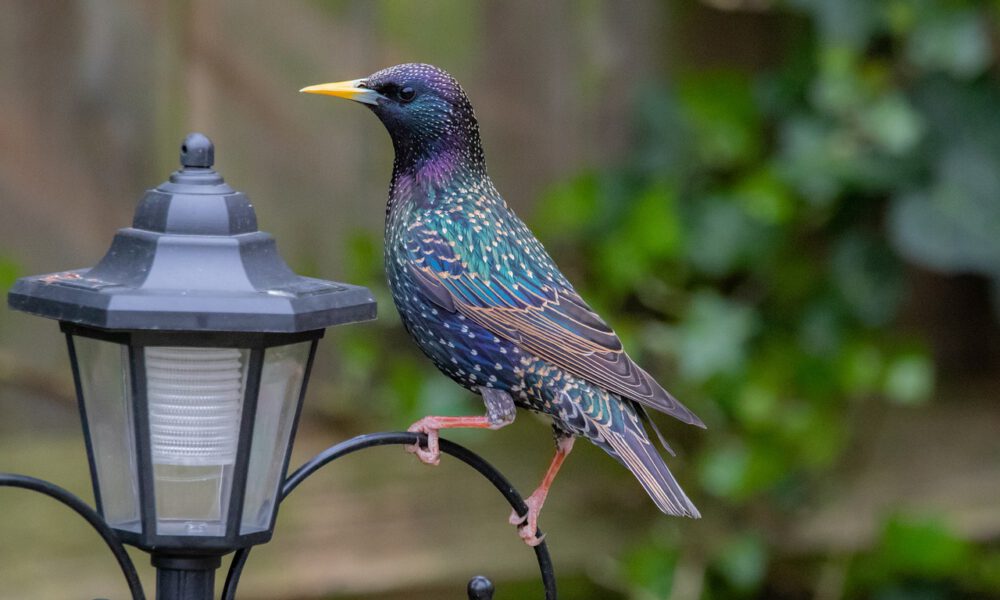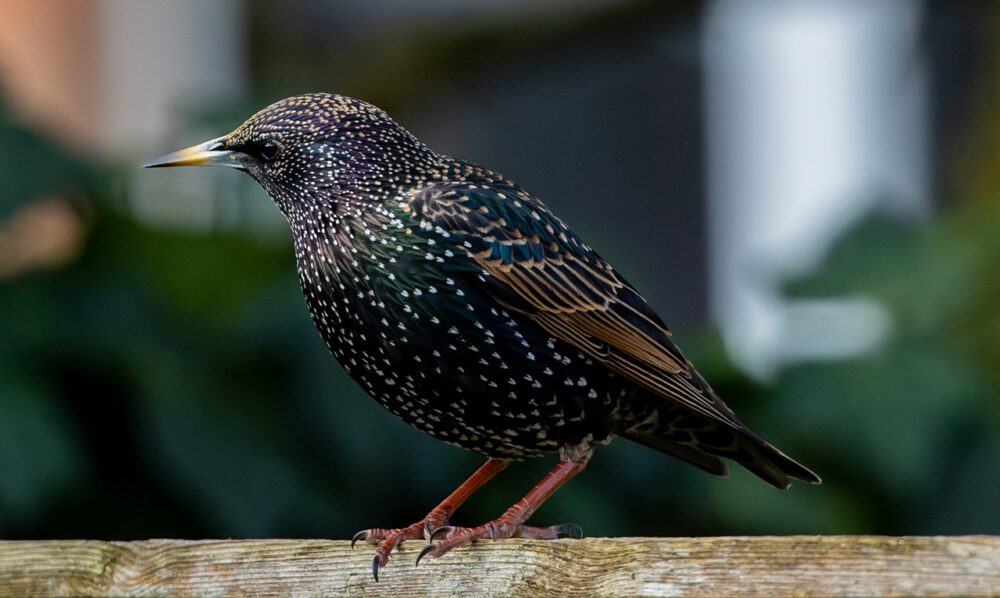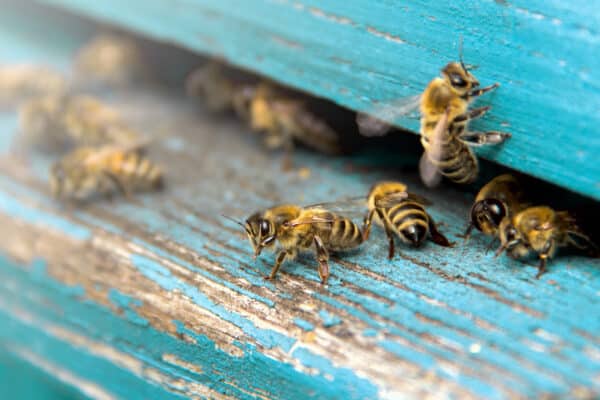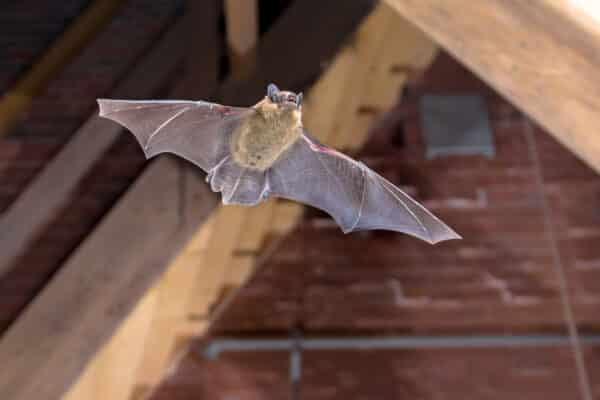
Scientific researchers and bird enthusiasts have studied Starlings for decades in attempts to understand their advanced intelligence. Literary scholars honor the Starling species because of its repeated appearances in Shakespeare’s work.
Starlings even memorize the average person who is lucky enough to witness their incredible behaviors and stunning appearance.
Both beloved and despised, Starlings have a complex role in human lives.
No doubt, the bird’s bold and crafty behavior gets it into loads of trouble. So, with the chaos they cause, what about the Starling continues to amaze and impress so many of us?
Well, have you ever studied Starling migration behaviors?
Or seen the Starling’s communication skills at play in their astonishing murmuration displays?
Covenant Wildlife Removal has all the answers to your Starling migration questions. Read on to discover why Starling migration never fails to leave people in awe.
All About Starling Migration
Migration is one of the Starling’s most studied and admired characteristics. Their migration patterns and behaviors are unique from other birds found in the United States.
When Does Starling Migration Occur?
At the tail-end of summer and into early fall, Starling migration begins. Because Starlings migrate to escape cooler temperatures, they typically leave their northern breeding territory for the warmer climate of their winter home.
Where Do Starlings Migrate?
Where the Starling will end its travels depends on where they start. For instance, Starlings in the United States will fly shorter distances, hardly ever leaving the continent. On the other hand, Northern European populations will migrate as far as North Africa.
Do All Starlings Migrate?
The Starling is one of the most widely distributed bird species worldwide. And most populations are stationary residents of the land they occupy.
Researchers have found that populations in the southern part of their range are less likely to migrate than their northern cousins. When Starlings are in an environment where temperatures stay above zero degrees, they have no real need to leave.

Fascinating Starling Migration Behaviors
Murmurations
To some, the sight of a Starling murmuration is an inspiring wonder. And for others, especially farmers, the swirling flock coming up over the horizon strikes fear.
No one can deny the beauty of hundreds of birds moving as one entity like water through the sky. But this evolutionary defense of the migrating Starling certainly comes with damage. Starlings will typically feed in their massive flocks, wiping out fields of valuable crops.
What Purpose Does a Starling Murmuration Serve?
When it comes to Starlings, there is power in numbers. They have learned to survive with this dancing display, appearing as one body. And the murmuration is purely a defense method against larger predators. The swift collective swirls and swoops of the Starling flock are almost always paired with a hawk close by.
How do Murmurations work?
Couldn’t a large bird soar right through the flock and break the murmuration leaving lone Starlings vulnerable to the predator?
Murmurations are a predator-proof system. Any individual bird is following the signals and movements of the five or more Starlings surrounding them- all at once! Indeed, the speed of information moving through the flock of Starling is much quicker than the darting of a hawk.
And this massive collection of information allows a Starling’s reaction to a nearby predator at one end of the murmuration to be quickly received by the birds at the opposite side. The entire flock can flee a predator only a portion of the birds actually saw.
Roosting
After the Starling’s tiring travels, it enters the roost of its winter home. Roosts provide shelter and warmth through the harsh weather. Starlings huddle together to share body heat, sometimes packing 500 birds into a single cubic meter.
Roosts of the Starling are found in forests, tall grasses or brush, and in vacant buildings or other structures.
Do You Have a Starling Problem?
Super adaptive and intelligent, Starlings can be a significant nuisance on your property and threaten surrounding wildlife. If you spot Starlings on your property, you can start by removing all bird feeders and clearing the area of any bird food that may have collected on the ground.
Then contact the experts at Covenant Wildlife Removal.
Every day we remove nests, pests, and critters of all sorts from Georgia homes. There is just about nothing we have not seen or removed.
Click here for a free inspection with our expert team of wildlife removal specialists. Covenant Wildlife Removal will be there right away for all your pest removal needs.
Covenant Wildlife Removal is a top-rated local family-owned, full-service wildlife trapping, removal, and repair service.




